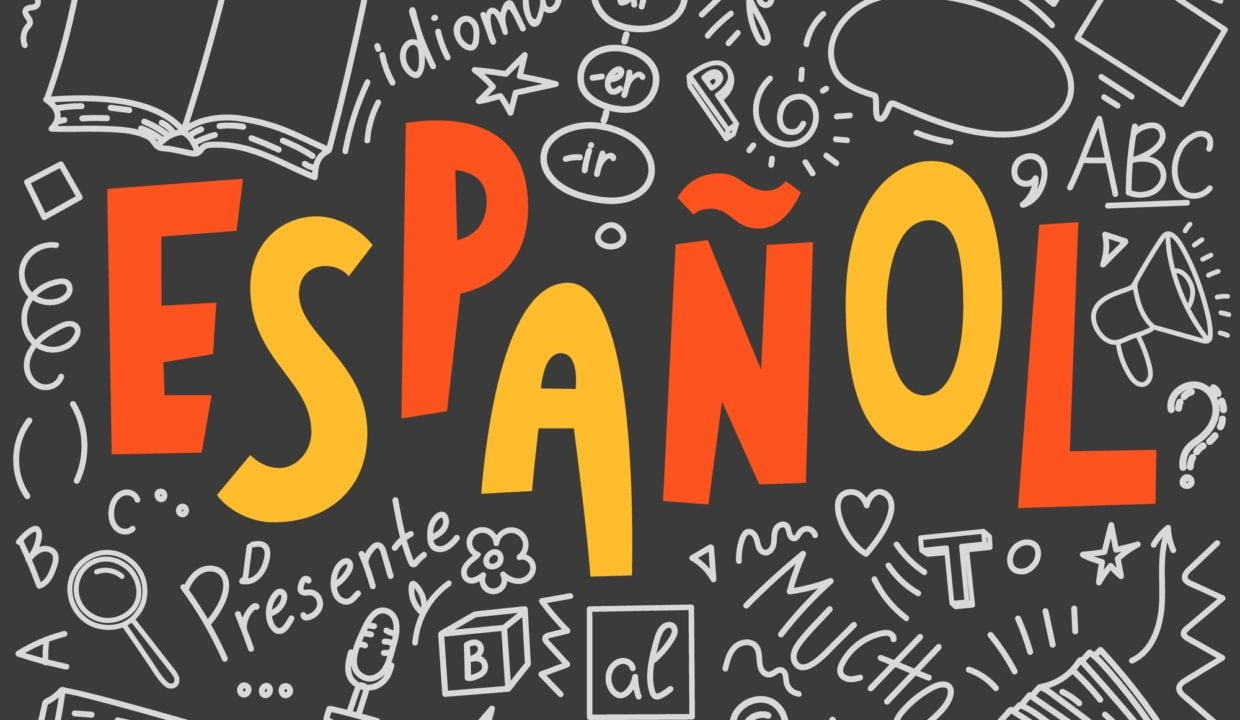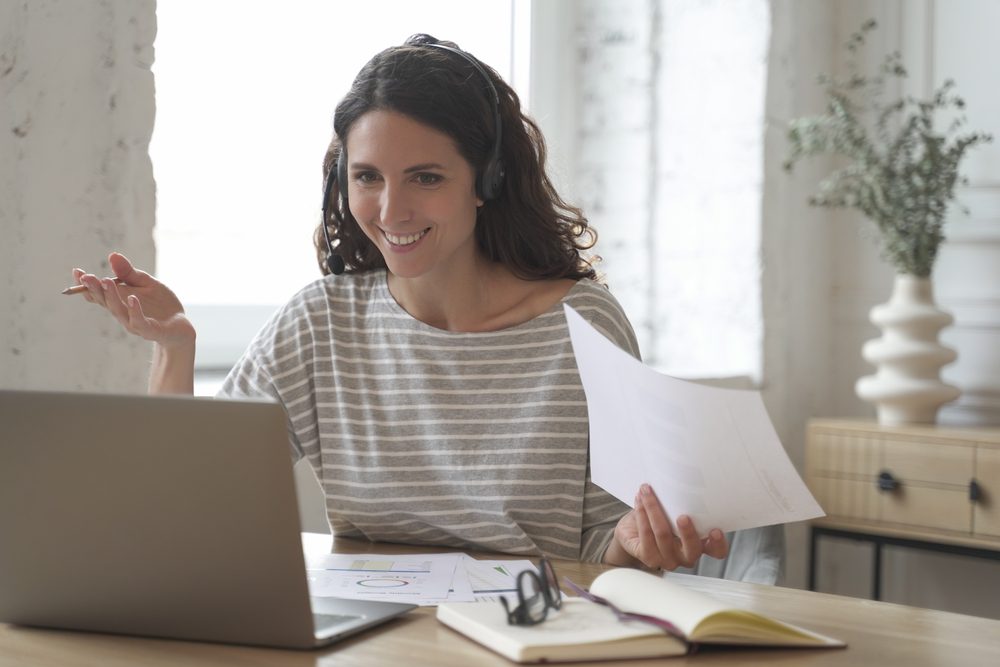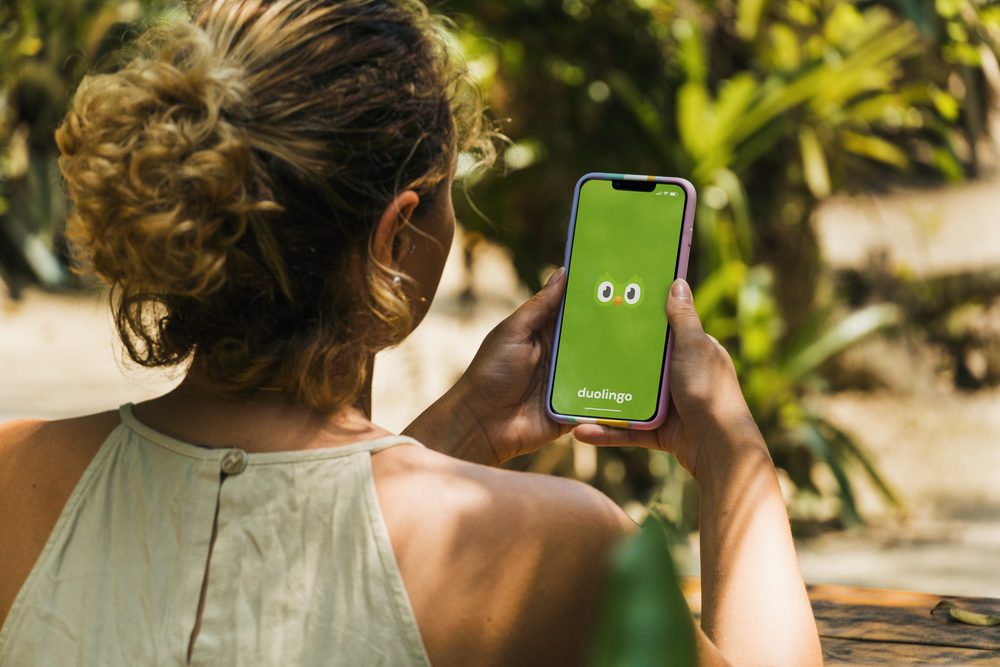
If you’re planning to move to Panama and you desire to learn Spanish, you already have a massive advantage in your favor; you’ll be living in a Spanish speaking country! Being immersed is the fastest way to fluency and it’s been proven time and time again. However, this alone won’t ensure you learn the language. You’ll need to put in some effort of course.
For those that see an uphill battle, let’s discuss a few truths. Firstly, it’s not only possible but likely that you would be speaking fluently in 1-2 years, and probably able to have basic conversations in less than 6 months. The fact that you’re immersed in a Spanish speaking country is MASSIVE for your progress. But the timeframe is only possible if you are committed to learning the language. The good news is, that it won’t take substantial effort if you follow the three steps we’ve outlined in this article. First, you’ll need to learn the basics.
Step 1 – Attend an Online / In-person Language School or Tutoring

This is the foundation of your Spanish speaking journey. Professional help will guarantee that you understand the fundamentals of the language. Mentally it will also provide support as you get out of your comfort zone and build momentum!
There are many fantastic language schools in Panama City. Outside of the city, however, they’re far and few between. There are options in Boquete and Bocas Del Toro but other than that, online schooling is your best bet. With that being said, here are a few of the best in-person schools in Panama City.
In-Person Schools
Spanish Panama Language School – El Cangrejo, Panama City
Here’s a school that’s been around for over 20 years! Spanish Language School has an exceptional reputation and offers many different Spanish language services. They even have Salsa nights where you can practice both your language and your salsa.
You’ll have the opportunity for intensive Spanish learning, private, group, and a special 50-hour Spanish course for expats. They even offer Spanish tests to accurately track your progress or starting point.
Habla Ya Spanish School – El Carmen, Panama City
Habla Ya is a chain of schools located throughout Central & South America. They have three locations in Panama – Bocas Del Toro, Panama City, and Boquete – and cater more to backpackers and travelers.
However, it is excellent if you’re just arriving in Panama City as there are field trips and many extra-curricular activities with Habla Ya. Don’t let the fun distract from the professional experience you’ll receive here either. They know how to teach Spanish!
Casco Antiguo Spanish School – Casco Viejo, Panama City
If you’d like to attend class in Panama’s most historic neighborhood while receiving excellent instruction, then head to Casco Antiguo Spanish School. Like Spanish Panama Language School, Casco Antiguo offers different Spanish language services from Business Spanish to Mini-Group lessons.
They also incorporate games, walking tours, adventures, and conversations with locals into your experience. You’ll feel very welcomed with the free social events that the school puts on as well.
EPA! Español en Panamá – Punta Paitilla, Panama City
EPA is another language school that we would highly recommend. They offer several unique services and have been in business for 15 years. They pride themselves on a professional experience with 15 modern and spacious classrooms as well.
Like some of the other schools, EPA has a host of weekly activities such as cave explorations and hikes. They also offer monthly excursions such as beach trips and visiting native indigenous communities.
Online Schools
If you prefer to learn Spanish from the comfort of your own home, online schooling is perfect for you. The options for online schooling are endless, but some of the most popular are Baselang, Coursera, Lingoda, Rosetta Stone, Lengalia and Rocket Spanish. All of these can sufficiently teach you proper form, grammar, and vocabulary. For convenience and efficiency, online schools are a great foundation for your Spanish speaking journey.
In-Person / Online Tutoring
If you enjoy working 1-on-1 with a teacher, a tutor would be a great option for you. There are several online options, including Preply, Live Lingua, Italki, Verbling, and more. You can find a tutor that fits your needs, and be assured that you are receiving the best instruction through student reviews and sample lessons.
If you prefer an In-Person Tutor, you can head to one of the Panama Facebook groups and ask around. Here in Panama, tutors tend to solicit their services through Facebook. Referral business and word of mouth are also big here. Ask friends or acquaintances if they know someone! Some of the In-Person schools mentioned above have tutoring services as well.
Once you have chosen a school or tutor, you are officially on the path of a fluent Spanish speaker. The next step? Flood your brain with Spanish…
Step 2 – Daily Spanish Content

Apps
Apps are a convenient way to practice your Spanish. Even 15 minutes a day adds up to 92 hours over a year, and apps have gotten exceptionally interactive.
Most have probably heard of DuoLingo or Babbel. They are the two most popular apps on the market and both claim you can learn an entire language on their platforms. Though both are excellent, there are some distinct differences. The first is the price. Duolingo offers a free version while Babbel is a mandatory $12.95/month or $83.40/year.
One of the main advantages of Babbel is that you can jump around to different lessons. This may be worth the cost for you as you can practice your weaknesses and skip your strengths, unlike Duolingo. With Duolingo, you start at the very beginning and might feel it’s a bit slow or repetitive. This can be solved by purchasing the premium version of Duolingo for $6.99/month. From there you can take a placement test to skip the basics. Pimsleur is another app that has a good reputation in the language learning space.
Movies, Shows, Podcasts, Music.
Here we clump together movies, shows, podcasts, and music as they are accomplishing similar elements of language learning. Listening to native Spanish speakers will help immensely with your pronunciation and comprehension abilities. Not only that, but you will subconsciously start to pick up on key Spanish words and phrases. Articles, in particular, become more clear, such as “un / una / los / las” and when to use them. You will notice yourself using words and expressions that you didn’t even know you knew!
Not to mention, your voice inflection and intonation will improve from listening to Spanish media. Inflection and intonation are very important parts of effective communication in Spanish.
Youtube
Did you know that there are hundreds of Spanish teachers on Youtube? This is a fantastic way to practice your Spanish or find videos on specific sticking points in your language learning process. For instance, “por” and “para” are two ways to use “for” in Spanish. They also have alternative meanings that can take a while to grasp for non-native speakers. On Youtube, you can find heaps of videos explaining this topic.
You could even potentially substitute a school with Youtube and the purchase of a Spanish learning textbook. If you can teach yourself effectively and stay consistent, then learning through Youtube is definitely possible. An example of a complete course on Youtube is with the professional and excellent teacher Rodrigo.
Reading in Spanish
At first, reading in Spanish may be a bit difficult for complete beginners. But once you get the hang of it, reading aloud in Spanish can be quite enjoyable. Not only will you be practicing your pronunciation, you’ll also be examining the way certain words work together.
There are some really great Spanish books for beginners as well. You can get an instructional book or you can read short stories in Spanish that are dedicated to learning the language. A quick google search of Spanish learning books will help you find what’s right for you. Either way, as long as you’re reading, you’re improving your Spanish.
Expat Facebook Groups
Panama has excellent expat Facebook groups with many resources to help your Spanish. The administrators will hold events that allow you to speak with others at your own level. Again, this is where you can find an excellent tutor as well. Joining one of the groups is a great way to lead into the third and last step of your Spanish learning process – making Spanish speaking friends.
Bonus points
- Switch Cell Phone to Spanish
- Good old fashioned flashcards
- Follow Spanish social media accounts & teachers
- Start to “think” in Spanish
Step 3 – Make Spanish Speaking Friends

The last step should go without saying… But get out there and meet some great people! Panamanians and Latinos are some of the most hospitable and generous people in the world. If you’re able to make some great connections, your Spanish will improve tremendously. You’ll receive help with what to say when to say it, and maybe even learn some Panamanian slang. There are also many Spanish speakers that speak English in Panama. Just make sure that you are practicing your Spanish with them as well!
Final Thoughts
This 3-step strategy will have you speaking Spanish in no time. To recap, first you’ll need some form of professional instruction. Next or simultaneously, start absorbing all the Spanish content you can into your daily life. Lastly, get out there and start practicing with locals!
Don’t feel discouraged if you’re not improving as quickly as you would like. The important thing to remember is to focus on tiny daily improvements which will eventually compound into fluency. If you’re already living in Panama, it’s not a matter of “if” you will be fluent, but “when”!


Mike Smith
on said
Great post, obviously a fantastic and exiting way to learn Spanish in a great location!
I will be saving up for my trip and course.
Restore CBD Oil Cost
on said
Pretty! This has been a really wonderful post. Many thanks for providing these details.